A batch of Apple patent filings published on Thursday describe a system of interconnected sensors — some being wearable devices — that work with an iPhone hub to monitor activity levels, dynamically set or cancel alarms and manage push notification settings, among other automated tasks.
The U.S. Patent and Trademark Office published three Apple patent applications covering a method in which an iPhone, along with one or more remote wearable sensors, gathers and processes raw data to track a user's activity level, as well as control certain scheduling functions like alarms.
One filing titled "Method and apparatus for personal characterization data collection using sensors" offers a comprehensive overview of Apple's system, which calls for a smartphone or similar portable device to respond automatically to data sent by various sensors. When an action or motion is sensed, a signal is relayed to the hub device for processing.
An iPhone 5 is offered as an example device, with the usual assortment of sensors including a gyroscope, accelerometer, proximity sensor, ambient light sensor and location sensors, among others. In Apple's proposed method, the iPhone receives incoming data from these on-board components as well as at least one remote sensor worn by the user.
After processing the raw motion data, the system can deduce what a user is doing — running, walking, sleeping, etc. — and execute a number of automated tasks. With the first application, the task is to generate a "personal scorecard" that sheds light on a user's lifestyle.
For example, the process may begin with motion sensor or wrist-worn pulse rate sensor data that indicates a user is running. In this particular scenario, a location sensor determines the user is not moving and is in a building. Armed with the data, the system can apply further processing like pattern recognition to conclude that a user is running on a treadmill.
From there the information can be sent to an offsite server for storage and compilation in an ongoing personal scorecard. For example, the treadmill activity may show up in a table as "Activity: Run; Environment: indoors; Distance: 3 miles; Time: 21 mins; Location: Home; Date: Jul. 23, 2012 3:00 PM."
With the activity data parsed and stored online, users can leverage the information in a variety of ways. The filing offers a few example applications, including recommendations for vacation activities, connecting with people who have similar interests and health monitoring.
As for scheduling, a second patent titled "Method and apparatus for automatically setting alarms and notifications" describes how motion data can be correlated to a set of alarms. In one example, the system recognizes that a user logs minimal movement and no other activities from 11 p.m. each weekday. If the user has a wake-by alarm set on their phone and also has the device set to "Do Not Disturb," the system can calculate the probability that a user is sleeping and bypass the mechanism to sound the alert.
Another example points to data gathered from a biometric bracelet that shows a user stayed up late on a Friday night. Checking the iPhone's Calendar, the system recognizes a reminder to call a friend at 10 a.m. on Saturday, but sees a user-set alarm for 9 a.m. Instead of activating the alert, the iPhone automatically pushes back the wake-by time to 9:45 a.m., granting the user more rest.
One interesting example brings another person into the mix. If both people are wearing biometric bracelets that can connect to one iPhone, Apple's invention can dynamically change an alarm's alert from a noise to a vibration based on the proximity to a sleeping user.
In this case a first user is sleeping with their iPhone on a nightstand. If a second user is determined to be sleeping in between the first user and their iPhone, the alarm would switch from an audible alert to a bracelet vibration.
Finally, a third filing for a "Method and apparatus for automatically repeating alarms and notifications in response to device motion" uses on-board and remote sensors to determine when and how a user is alerted to notifications like missed calls and messages.
In one example, a Do Not Disturb setting is activated by the user before they take a short nap, thus suppressing notifications. If the system detects an extended period of motion before the alarm is scheduled to sound, it determines the user is awake, replays any missed notification and automatically disables the Do Not Disturb setting. If, however, only a small movement is detected prior to the alarm's wake-by time — a user picking up their phone to check the time before falling back asleep — notifications will be suppressed and monitoring will continue until the scheduled alert period.
It is unknown if Apple will choose to implement the patent application's technology into a future product, though the company is rumored to be prepping a so-called "iWatch" wearable device that supposedly packs in sensors much like those described above. Further, the upcoming iOS 8 mobile operating system has an app called "Health" that can log data from remote devices to track users' heart rates, steps taken and more.
Pieces are in place for Apple to roll out an automated motion-based activity tracking and scheduling feature in iOS, but the company has yet to unveil the key component: a wearable device.
Apple's activity sensing and scheduling patent applications were all filed for on Dec. 14, 2012. The "personal scoreboard" property credits Devrim Varoglu, Mohammad Bidabadi and Paolo D. Concha as its inventors, who are also cited as inventors of the "automatic alarm setting" application alongside Shannon M. Ma. The "repeating notification" filing lists Devrim Varoglu and Natalia Ziemianska as co-inventors.
 Mikey Campbell
Mikey Campbell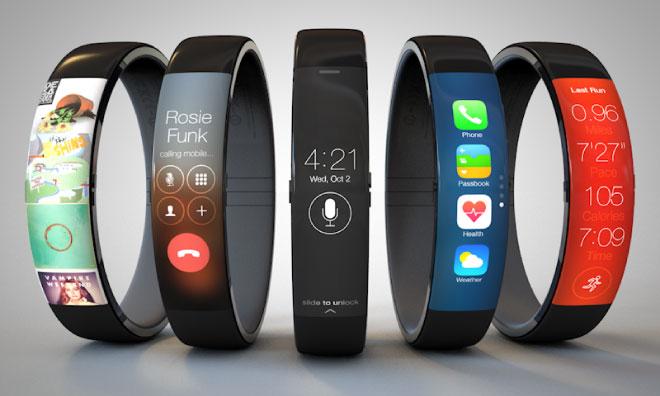
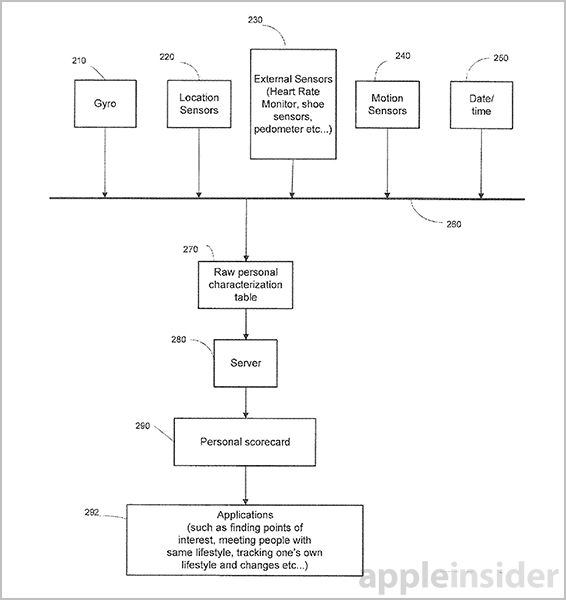
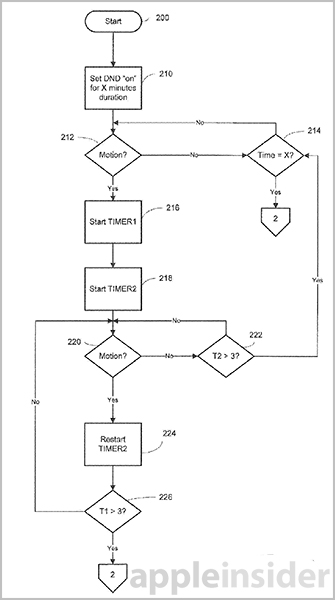

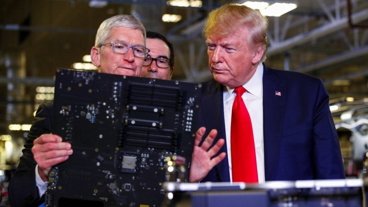





-m.jpg)





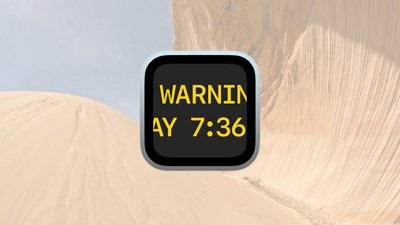
 Chip Loder
Chip Loder
 Wesley Hilliard
Wesley Hilliard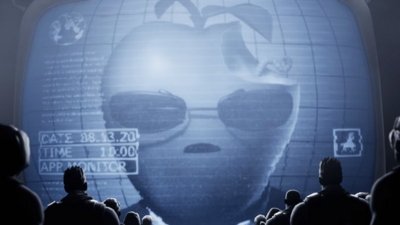
 Marko Zivkovic
Marko Zivkovic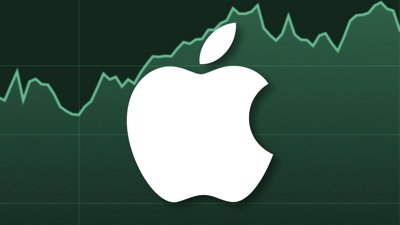

 Christine McKee
Christine McKee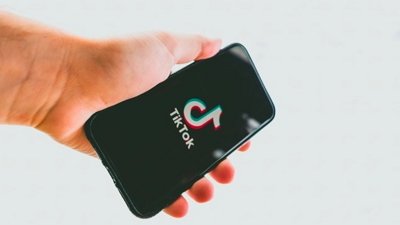
 Amber Neely
Amber Neely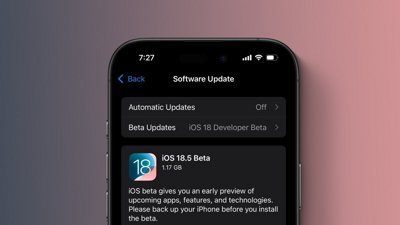
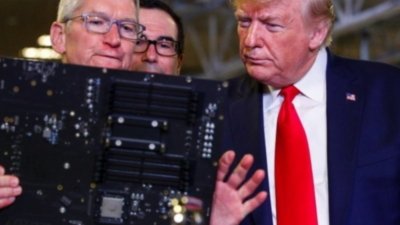
 Malcolm Owen
Malcolm Owen








10 Comments
You'd have to be rather dense to read this and still not see the viability of an iWatch.
The implications of this are staggering. No one has given this much thought to the way the life around you can be automated just by devices reading and sensing what you are doing. For instance with myself, I have a bad habit of leaving the TV on when I'm going to sleep. For some reason I'm too lazy to use the remote to set the sleep setting. If something like this article were to come about then the TV can be set to turn off if my device knows that I am asleep for an extended period of time. You could tell it to pause Netflix or turn off lights if they are on. Lock the front doors when I've been in the house for 10 minutes. Unlock the car door when I get close to the car when it's in my garage. Start my car at 6 o'clock as I usually leave the office around that time and I am moving toward the car. Start my shower when I am getting toward home as I just went on a run for an hour. Buy my wife/girlfriend flowers as I have an elevated heart rate and she has an elevated heart rate and Siri can hear her yelling (and we are not in the bedroom) ;) Who knows how in-depth this is going to be when Apple actually releases to us, but I can see the possibilities.
I'd love to see location-aware alarms from Apple. Reminders are all very well, but they are easy to miss when it's noisy.
1) "Can't innovate anymore, my ass!" 2) I'd love for this to be linked with the new Continuity/Handoff features so instead of manually having to open up apps and take calls on other devices it will know based on what I'm using, as well as un/lock devices as I move toward or away from them. I believe wearables are going to be a huge market when the tech is finally ready.
Enough to get me to wear a watch again.